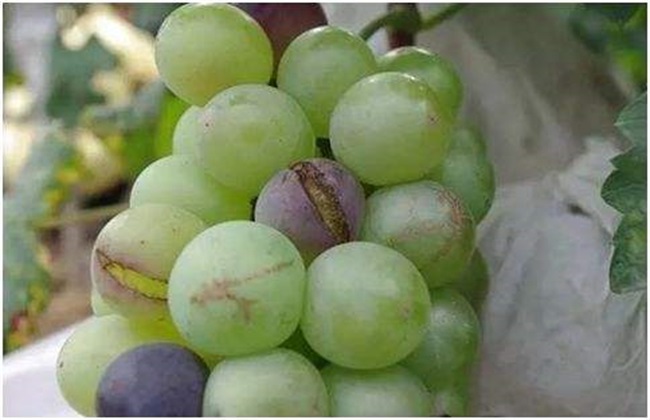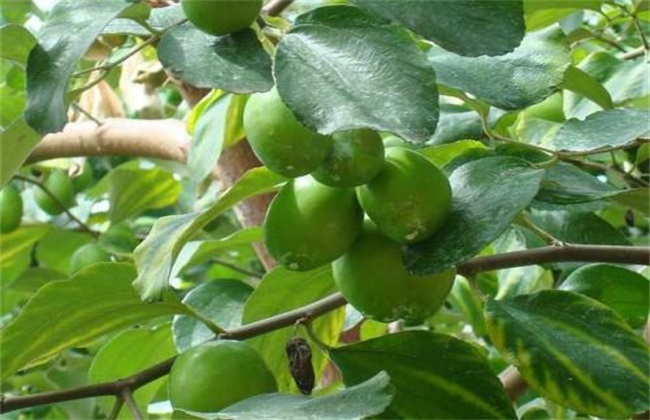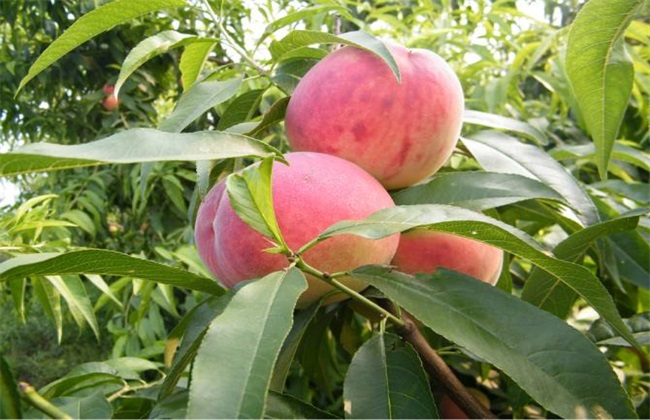What to do if grape coloring is not good
Grape is a very popular fruit in our daily life and has a large planting area in our country. The market at home and abroad is very large, so now more and more people grow grapes. But many people will find that the coloring of grapes is not very good when growing grapes. So what should I do if the grape color is not good? The following editor will give you a brief introduction, let's have a look!

1. Lighting control
Light is very important for the flower bud differentiation of grape, and it also has a great influence on the coloring of grape fruit. Both light intensity and time will directly affect the coloring of grapes. In general, if you want the grape fruit to be colored normally, the natural light intensity should be about 70%. Therefore, we should pay attention to control the light, and timely remove the ears near the fruit and some old and diseased leaves that will block the light. The robust leaves should be removed properly, and the bagged fruits should be picked in time to promote coloring in the later stage. If it is a late-maturing variety, a reflective film should be laid in the garden.
2. Water management
Although there is a certain demand for water in the process of grape growth. But be sure to control water consumption, especially when the fruit is colored during ripening. If there is too much watering or too much rainfall without stagnant water drainage, the water content of the fruit will increase, thus reducing the sugar content and anthocyanin concentration of the fruit, and affecting the coloring of the fruit. So when coloring the fruit, it is necessary to maintain a relatively dry environment. When the grape enters the color conversion period, it is necessary to drip irrigation with small water, irrigate a small amount of water, not flood irrigation, and timely drainage in case of rainfall.
3. Temperature management
After the grapes enter the color conversion period, we have to control the temperature. To maintain a large temperature difference between day and night, this is very beneficial to glucose and coloring. The appropriate temperature during the day can increase the accumulation of dry matter, but the temperature should not be too much, the maximum should not exceed 40 degrees, otherwise it will also affect the coloring of grapes. At night, it is necessary to maintain a low temperature environment, mainly to promote the color of grape fruit and sugar accumulation. If you want to increase the temperature difference between day and night, it can be done by laying a black film.
4. Rational fertilization
In the grape color conversion period, it is necessary to do a good job of fertilization, control the amount of fertilizer, not excessive fertilization. Especially nitrogen fertilizer, if nitrogen fertilizer is applied too much, it will lead to the phenomenon of green and late ripening of grapes, thus affecting the coloring of grapes. When applying fertilizer, we should pay attention to control the proportion of nitrogen, phosphorus and potassium fertilizer, and supplement organic fertilizer properly. Among them, we should give priority to potash fertilizer, in addition, we should also pay attention to supplement nutrients such as calcium and magnesium, which can be supplemented by foliar fertilizer spraying phosphate diphosphate to ensure the normal coloring of grape fruit.
The above is a brief introduction to what to do if the grape coloring is not good. That's all for today's introduction. This article is for reference only. I hope it can help you all.
Related
- Moge, come on! The staff of the peasant association in the producing area of cantaloupe were frightened when the crowd gathered.
- Causes and Solutions of low Fruit setting rate of Apple
- Symptoms and control measures of passion fruit virus disease
- Fruit growing lesson: how do apple orchards keep high yields?
- Can you build orchards in the mountains? What are the pros and cons?
- How to manage the coloring period of Crisson grape?
- This paper introduces the processing technology of two kinds of fig products.
- How much is a month for retired teachers in rural areas by 2020?
- How can strawberry planting increase sugar content? We should pay attention to management in many aspects.
- What are the cultivation techniques on how to improve the yield of golden fruit?



